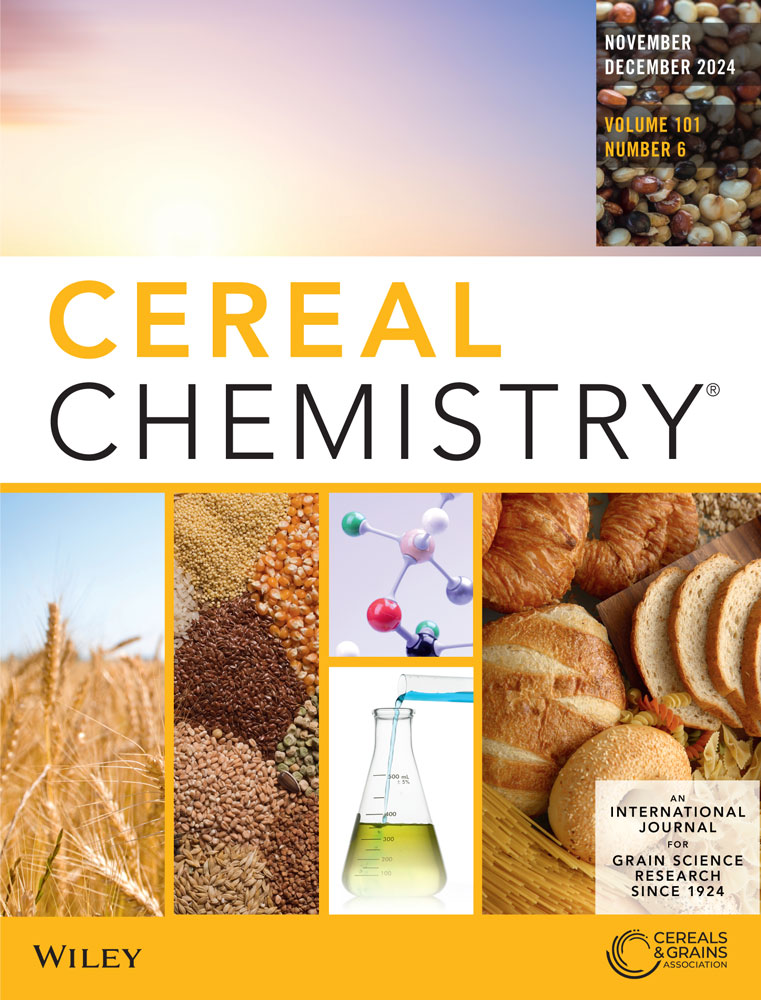Improving the Nutritional Quality of Instant Noodles Made From Wheat Flour Using Dry and Wet Fractionated Mungbean Protein Ingredients
Abstract
Background and Objectives
The nutritional quality of instant noodles can be improved using dry and wet fractionated mungbean protein ingredients. Wheat flour was blended with mungbean protein concentrate and protein isolate to produce high-protein instant noodles of around 15%, 20%, and 25% protein. The effects on nutritional composition, protein quality, texture, cooking, and color properties of instant noodles were investigated.
Findings
Significant differences (p < 0.05) were observed in the nutritional, physico-chemical, and functional properties of wheat flour and mungbean protein ingredients. Water and oil holding capacities were higher for mungbean protein isolate and protein concentrate compared to mungbean and wheat flour ingredients. Blends of wheat flour with mungbean protein concentrate and protein isolate produced instant noodles with significantly higher (p < 0.05) protein and mineral content, and lower fat content, compared to the wheat flour control. The protein content of instant noodles ranged from 9.1 to 23.6 g/100 g (db.). Linear regression analysis showed a strong relationship between protein content and noodle firmness (R = 0.965). There was a significant increase (p < 0.05) in lysine content (1.7–11.5 mg/g flour) with the addition of protein concentrate and isolate, improving the amino acid score of lysine from 0.34 to 0.91. The color properties of fried instant noodles showed increased redness (a*) and yellowness (b*), and lightness (L*) decreased with increasing protein content. There were no significant differences (p > 0.05) in cooking losses but there were significant differences (p < 0.05) in water uptake, being lower for instant noodles blended with protein isolate.
Conclusions
Instant noodles blended with wheat flour and mungbean protein concentrate and isolate had higher protein content, with improved nutritional composition and protein quality. Instant noodles blended with protein concentrate had significantly lower (p < 0.05) levels of fat and sodium content, and higher levels of calcium, magnesium, phosphorus, potassium, and zinc, compared to those blended with protein isolate. Instant noodles with improved nutritional composition have the potential to deliver increased health benefits to consumers.
Significance and Novelty
The key findings from this study will inform food manufacturers of the health benefits of mungbean and encourage the use of dry fractionated mungbean protein concentrate ingredients in popular and widely consumed food products.


 求助内容:
求助内容: 应助结果提醒方式:
应助结果提醒方式:


